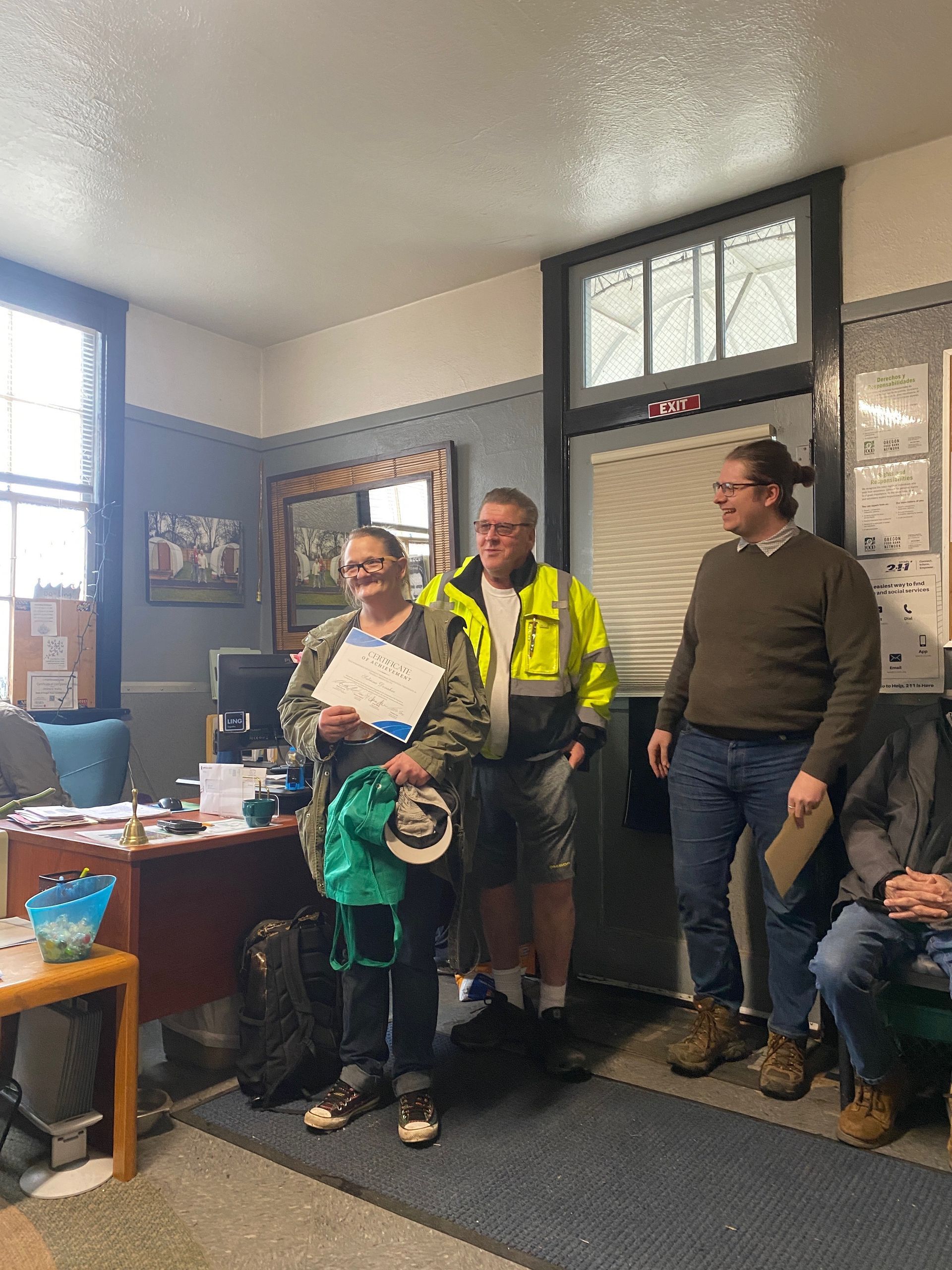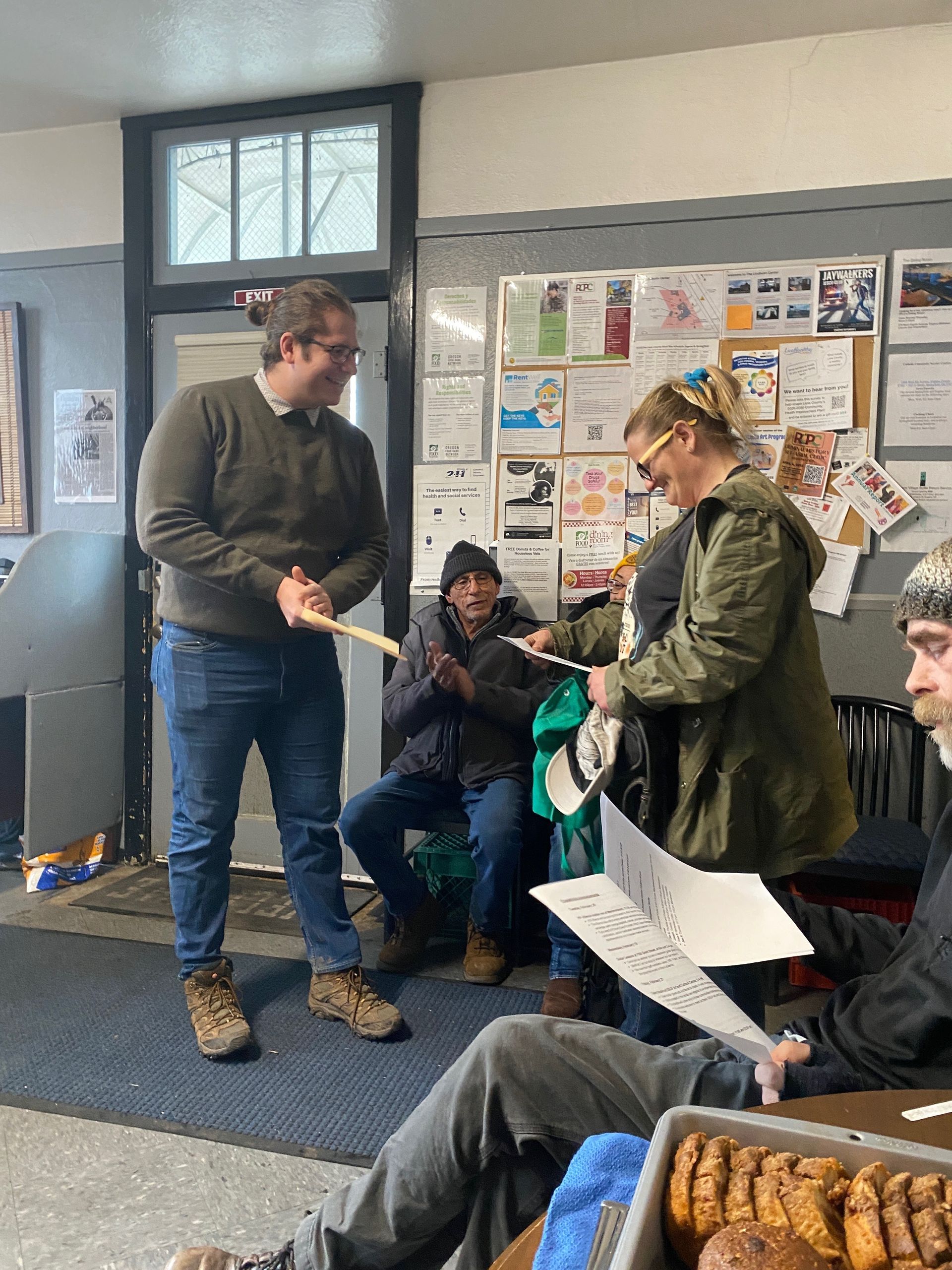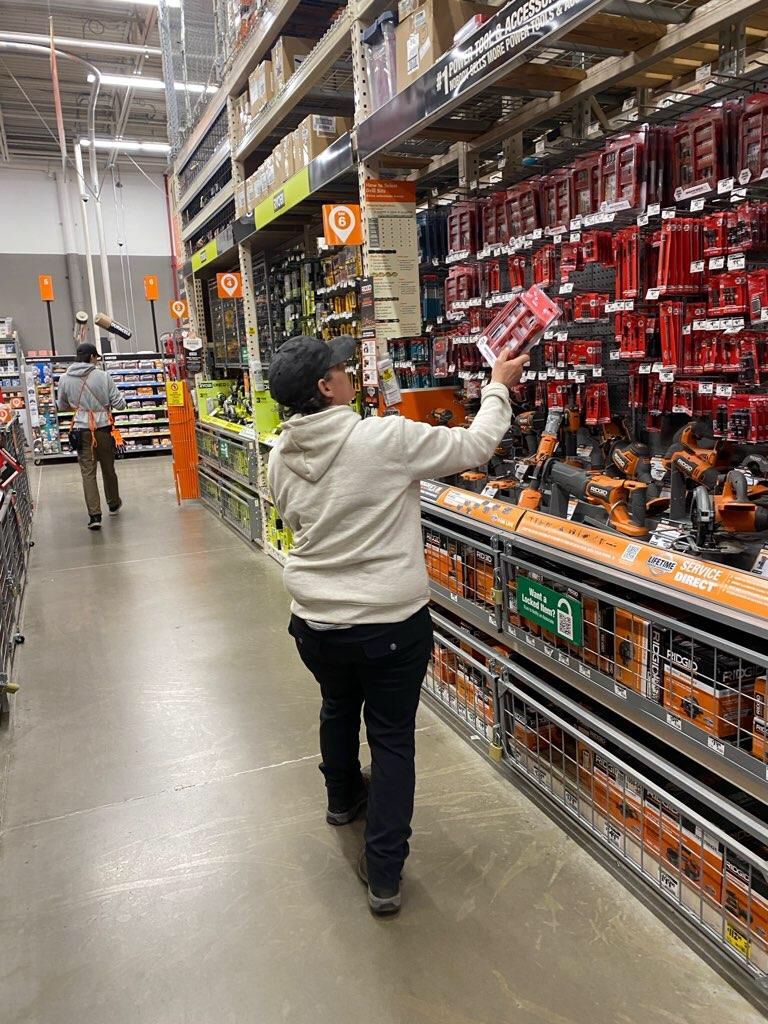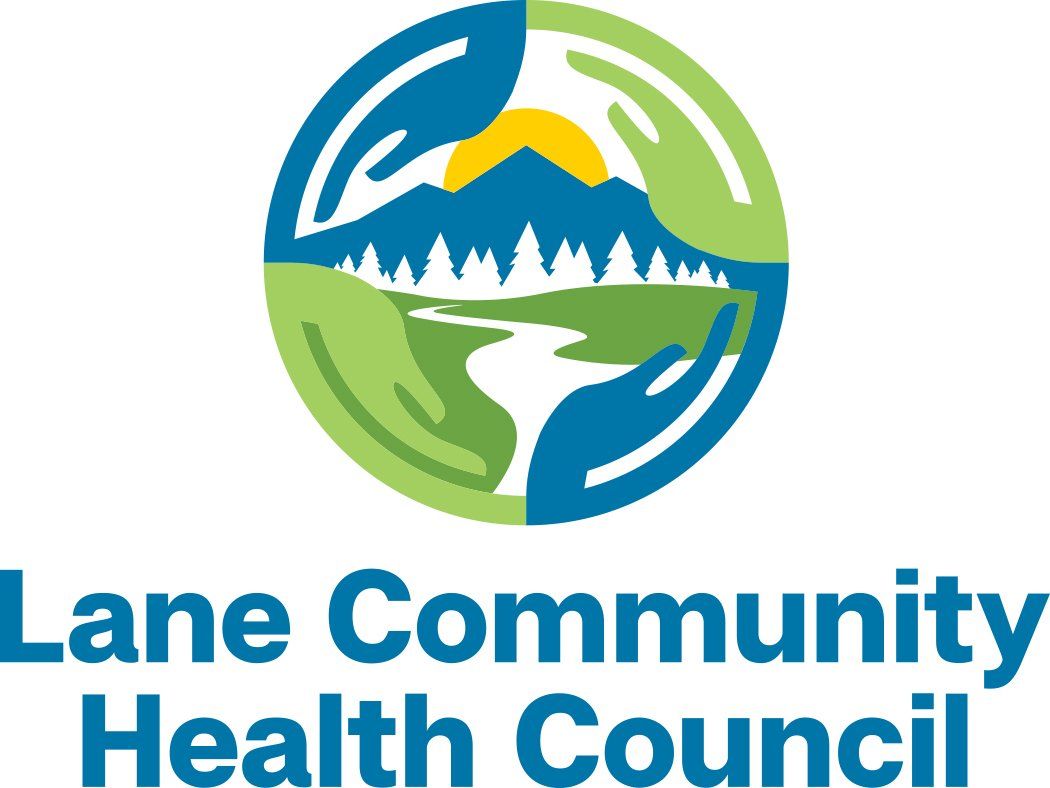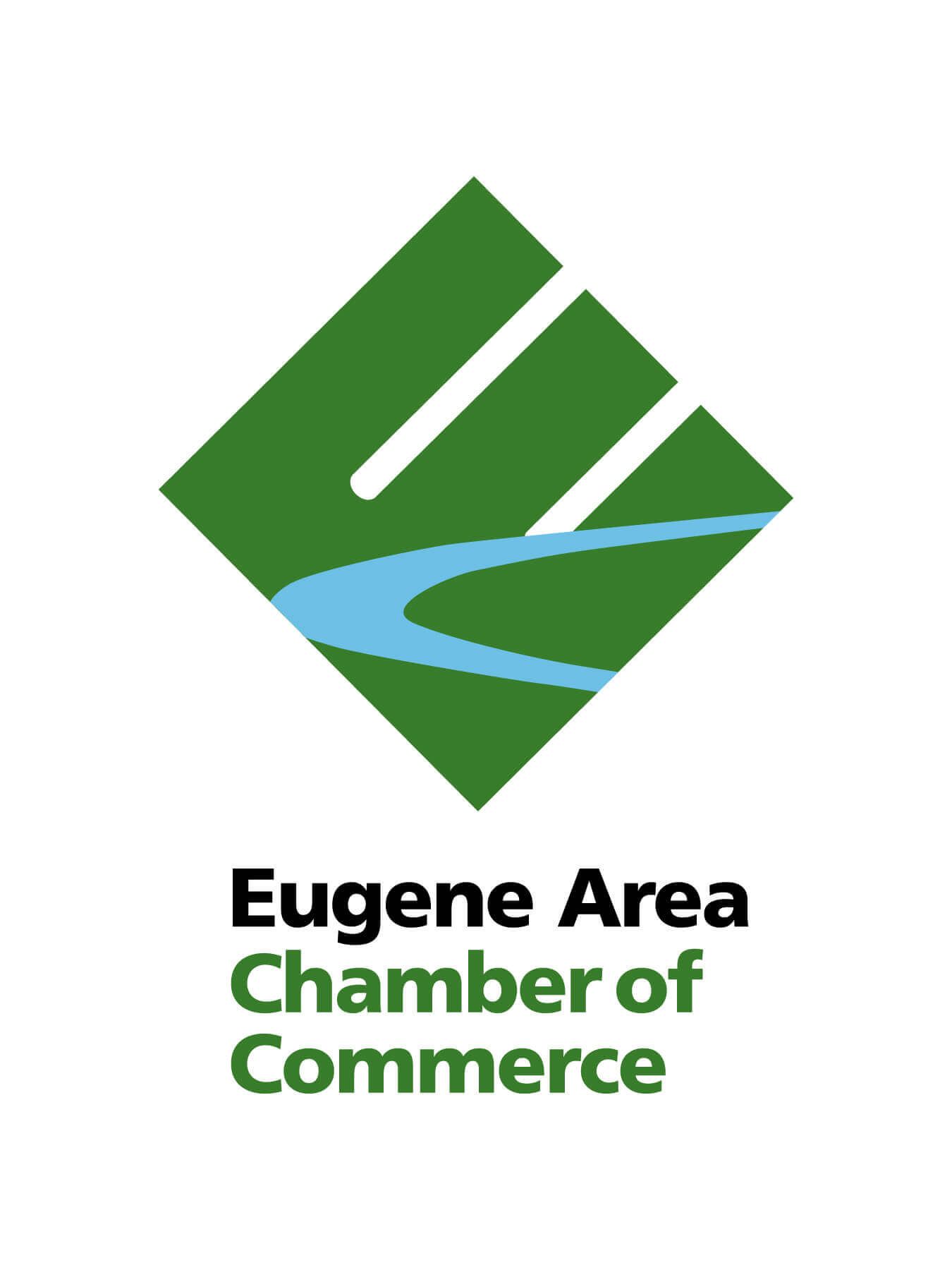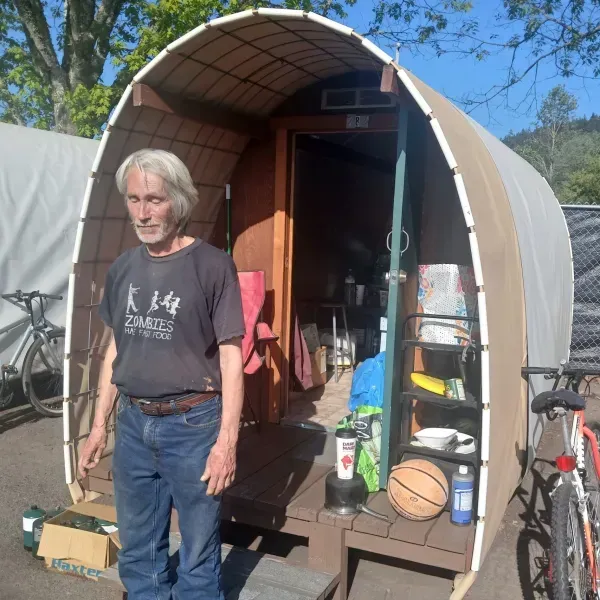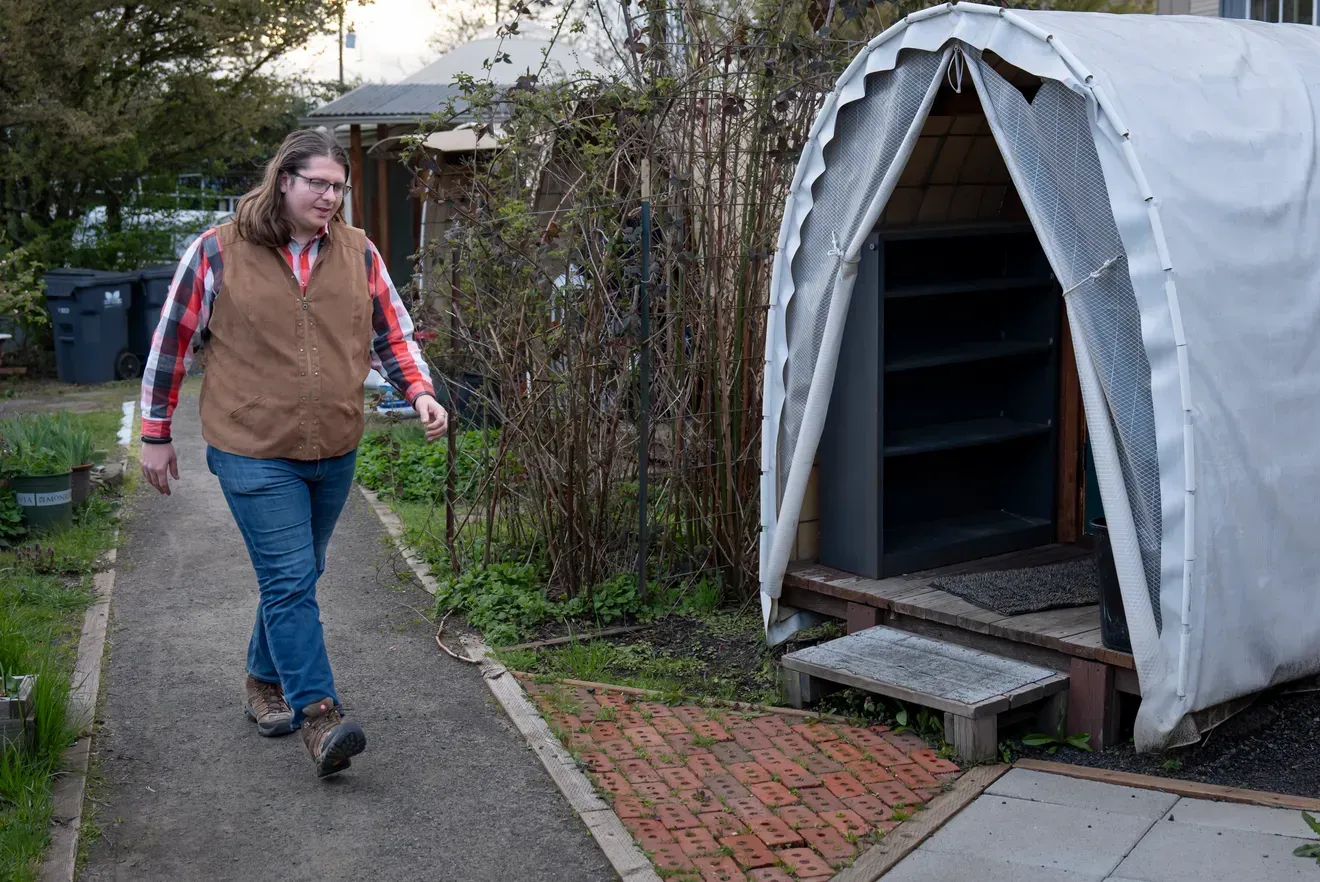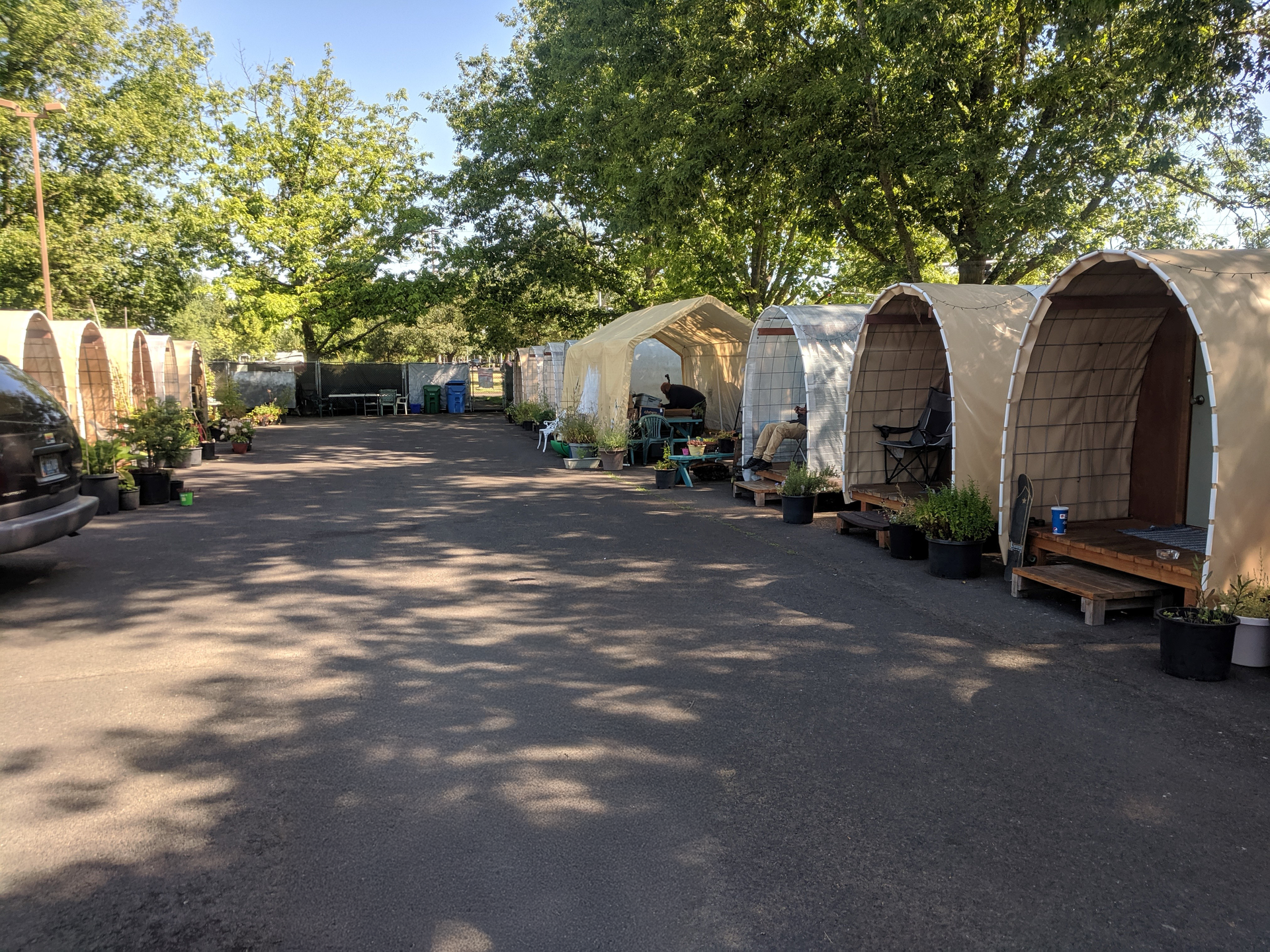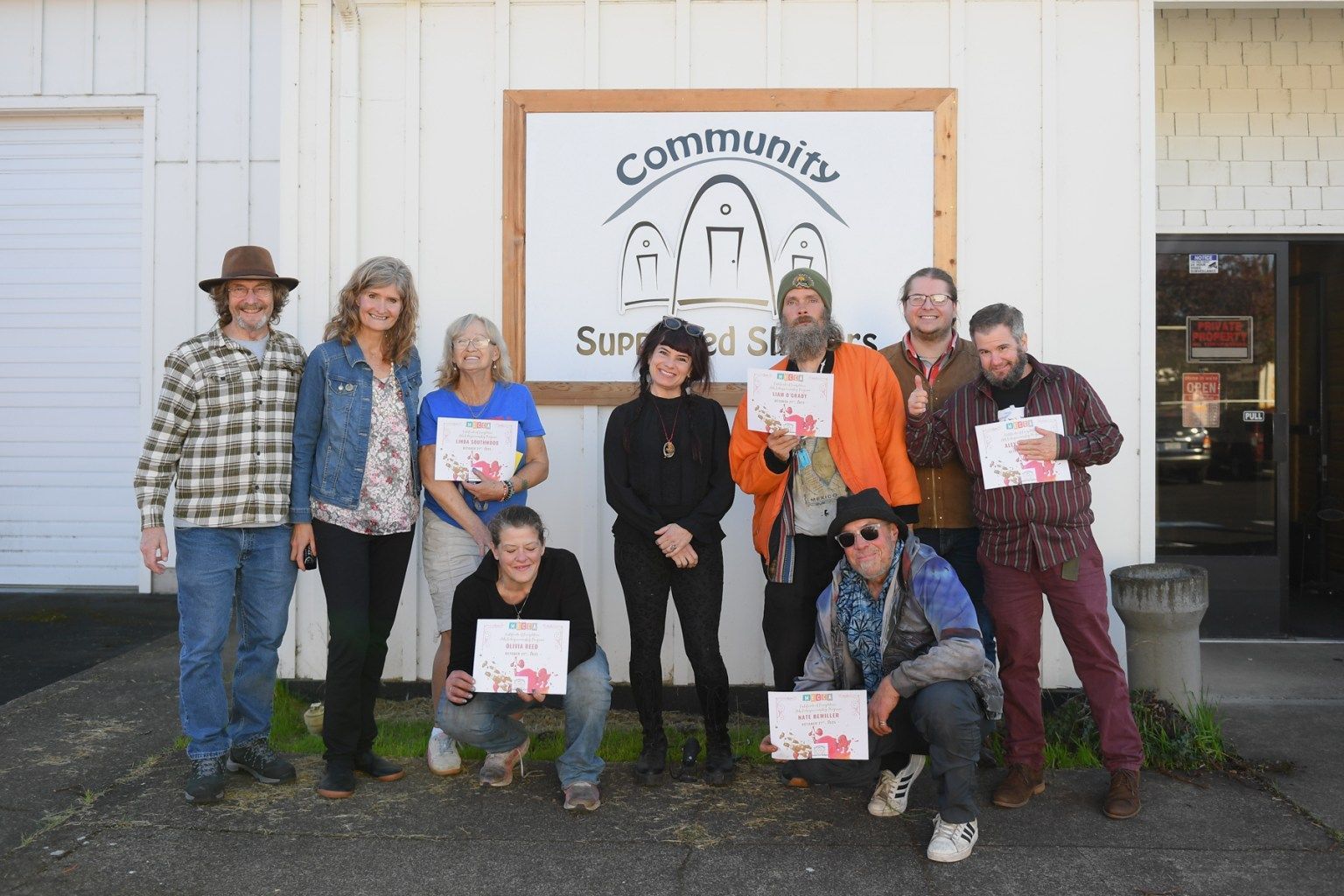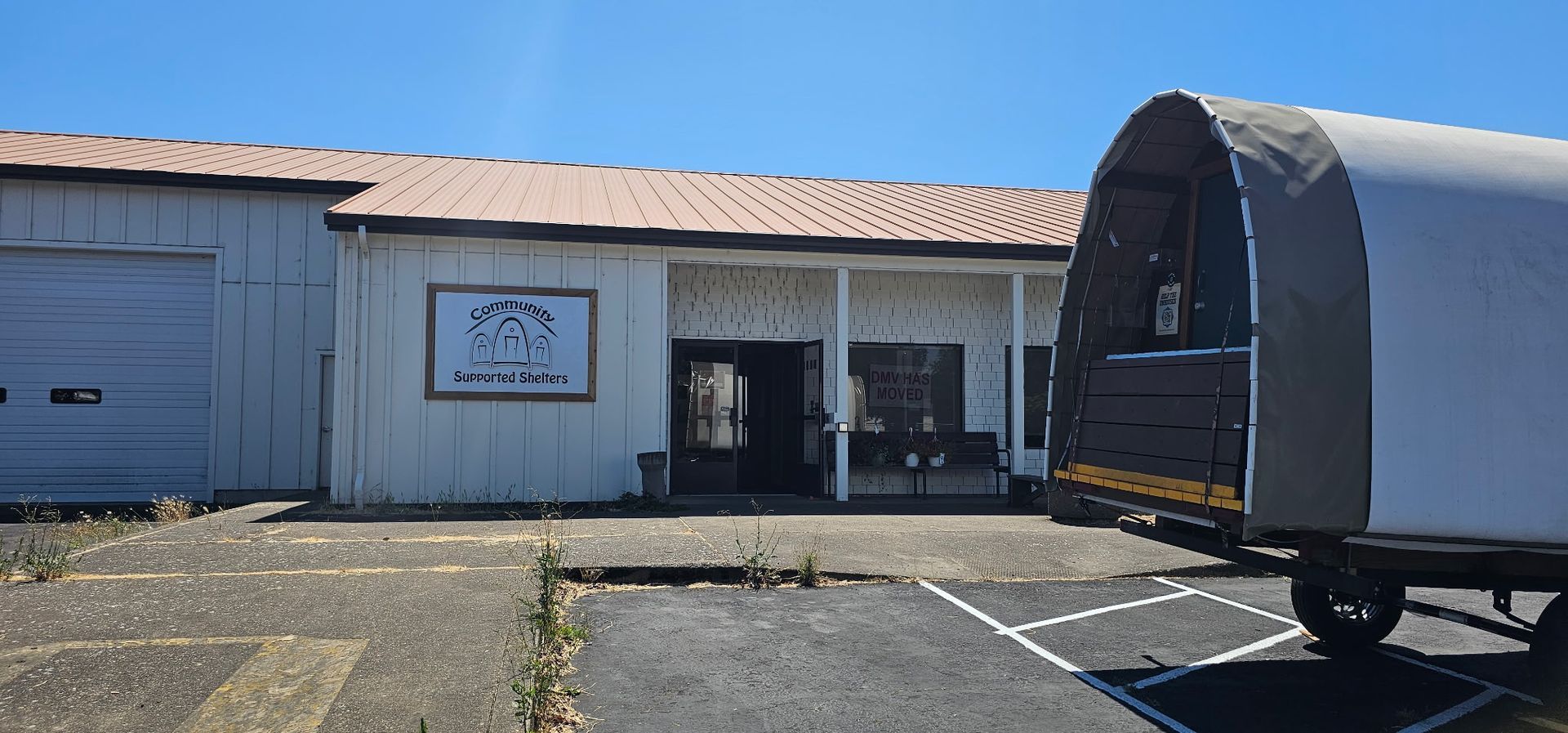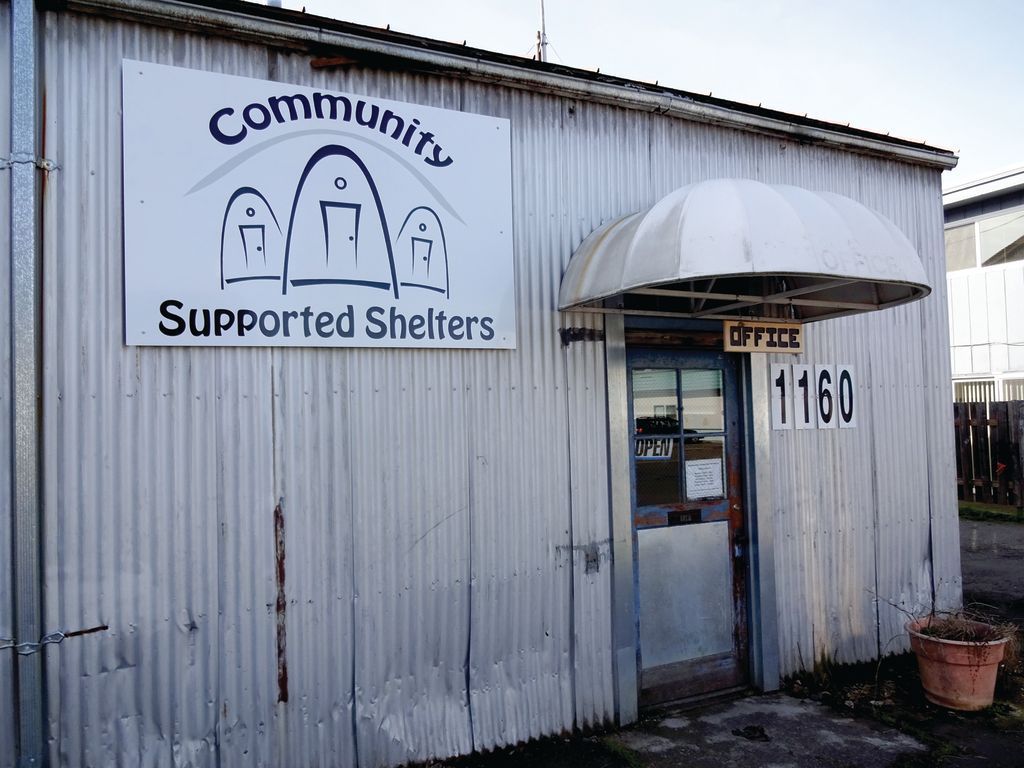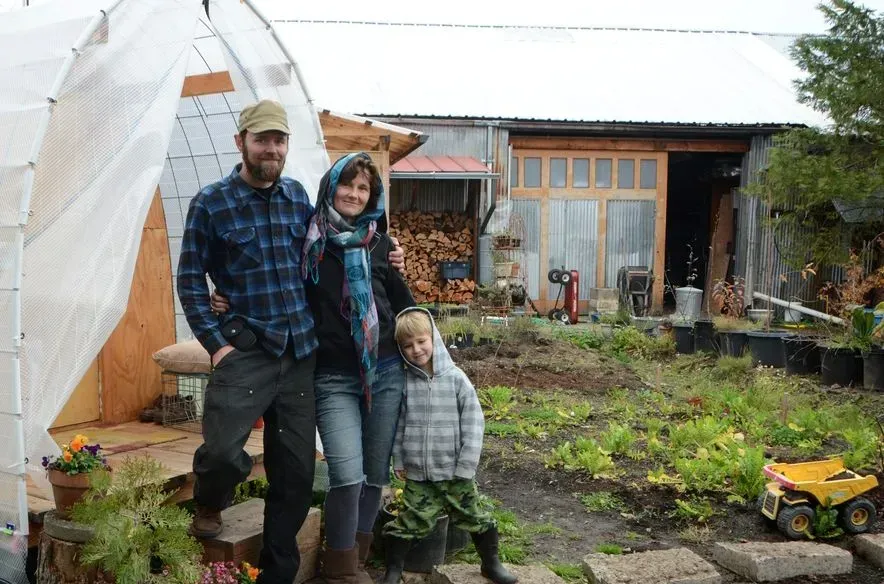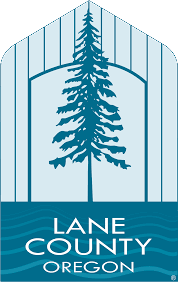Workforce Development: Creating Paths to Employment
By Guy Maynard
Nature's Symphony
Sabrina is acknowledged as the first graduate of the Workforce Development Program.
Beyond Boundaries
Sabrina is acknowledged as the first graduate of the Workforce Development Program.
Sam, a current participant in the Workforce Development Program, helped with cleaning Safe Spots during the January 2024 ice storm.
In a September 2023 interview, Sabrina, who had been in a CSS Hut for about two years, said, “It's been well over 10 years since I've had a job, because my drug habit has caused me to be homeless.”
It was at that time that Sabrina felt comfortable enough with herself and her community that she started volunteering for CSS. Her initial volunteer role was helping as a supervisor in the newly introduced orientation community. That was followed by stints cleaning showers, working at the CSS office front desk, and helping on the water route, which involves picking up drinkable water and delivering it to the CSS communities.
A little over a year ago, the nature of her volunteering changed. She became the first participant in CSS’s Workforce Development Program, an effort to turn clients’ volunteer work into more structured preparation for getting paid employment.
And, earlier this year, Sabrina, now clean from addiction, was the first to graduate from that program after accumulating 162 volunteer hours. Soon after, she completed a three-month paid internship at Food for Lane County (FFLC) and was hired to a half-time paid position on the CSS Maintenance Crew the following week.
“It was pretty cool,” Sabrina says, “being the first one, and the first one to graduate, that I actually got something done.”
The Workforce Development Program came about when CSS leadership realized that, though client’s volunteering to support communities was a positive thing, “We were missing an opportunity to turn this into job experience,” says Anna, CSS Programs Coordinator, who was coordinator of the Workforce Development Program when it started. By creating a more formal program with goal setting, regular “milestone’’ meetings, and having “someone who is your person to keep checking in with,” CSS could make clients’ work serving the community also lead more directly to a paying job, either outside CSS or, if there is an opening, within.
Clients must be in the CSS community for 90 days before they can apply to be part of the program. Camp facilitators help to identify clients who are ready for it. Will, who took over as coordinator for the workforce program from Anna in January, says the most likely candidates to succeed are “people who are on the cusp of wanting to make a change.” That certainly was the case with Sabrina, who had been volunteering for a year and a half when she started with the Workforce Development Program, and Gina, who says from the first day she moved into the Bertelsen Community in early spring of 2024, “My number one thing is to stay focused and get myself out of this situation that I got myself into.” After volunteering for the water route (where she “worked my ass off”), CSS food crew, and doing the paid internship with FFLC, she started a full-time job in March with Hope Community Corporation, a St. Vincent de Paul enterprise that builds modular mobile homes for emergency and low-income housing.
All participants have an initial intake meeting with the workforce program coordinator, where they are oriented to the program, informed of expectations, set goals, and discuss which of the working areas where CSS has needs fits them best: maintenance, which involves activities such as the water route, Hut cleanup and repair, or firewood; hospitality (showers, laundry, free clothes distribution); or working at the office front desk.
Anna says that the initial goal discussion is most often not about big picture life goals but more about addressing immediate steps to put the client in a better position to get a job, such as working on a resume or getting a bus pass or having a working phone.
For Sam, who has been a member of the Lot 9 Community since August 2023, his goals included getting a driver’s license, applying for the FFLC internship, and exploring CSS work possibilities beyond the work he has done with firewood since he first moved in. Will referred him to CSS service navigators who are helping him get his learner’s permit, the first step toward a driver’s license. He didn’t get the FFLC internship but is already on the list for the next round of interviews. And he plans to pursue the possibility of working at the office front desk to provide a different sort of work experience than he has had in his work with firewood.
All participants also meet monthly with the workforce coordinator.
“It’s a check-in meeting.” Sabrina says, “just to reach out to us and make sure we’re doing OK.” It was at a monthly meeting that Anna encouraged Sabrina to apply for the FFLC internship. During her year in the Workforce Development Program, in addition to her work experience, Sabrina got a new pair of glasses and was cured of Hepatitis C, which she’d had for about 15 years.
“I feel a lot better,” she says. “I've got energy now, natural energy, which is cool.”
Nature's Symphony
Gina buys tools for her work at Hope Community, thanks to a grant from Lane Community Health Council.
Beyond Boundaries
Gina buys tools for her work at Hope Community, thanks to a grant from Lane Community Health Council.
Gina buys tools for her work at Hope Community, thanks to a grant from Lane Community Health Council.
Gina had applied for the job at Hope Community after her initial intake meeting. She didn’t get it then but almost a year later, they called her to offer her a job. She had been prepared to take a paid position with the CSS Maintenance Crew when she got that call.
She was strongly motivated to pursue employment, and she says her monthly meetings were important morale boosts. “It was just a lot of encouragement from Anna, from everybody, really, here. They all were pretty much on my side. They just kept me encouraged, kept me going.”
Will says that to-date, 19 clients have completed intake interviews for the Workforce Development Program. Of those, twelve have been active participants in the program, contributing a combined 628 hours of labor to CSS in 2024. Of the twelve active workforce participants, three have already secured permanent employment.
Many CSS clients face a multitude of barriers to taking these first steps toward employment: logistical things, such as having a working phone; emotional and health problems; or part-time work or other activities in pursuit of rebuilding their lives.
“I just want to show up and be there for them no matter where they are,” Will says. “I'm focusing on trying to be kind of an emotional support person for everybody until they reach that point where they feel like they have enough support to where they can take that next step.” The program can also help folks with getting a phone or other essentials in pursuing employment.
The program’s process is also part of its training, instilling the habits of showing up for appointments, responding to phone calls and messages, and communicating in positive ways.
Anna says there is often a big change from the intake meeting to the first check-in meeting after the client has worked at least one month at their workforce shifts. “They have suddenly started to reawaken to their aspirations like career goals. They’ve just been locked out for so long. To get in that groove again and have that rhythm and the exchange with people. You're not just hanging at your Hut but you're talking to all the people at CSS and being helpful to others. It’s like you just start to remember who you are.”
“This to me, of all of the programs that I've helped start at CSS, is in many ways the most transformative,” Anna says. “It’s amazing to see a person who literally couldn't think big picture for themselves at all, totally moving forward and gaining confidence in their self-value.”
You Gotta Nourish to Flourish
All donations to the new Community Supported Shelters Nourish Fund will be directed toward nourishing the lives of unhoused individuals through open art studio classes, music lessons, peer-led support groups, employment prep, and more.


